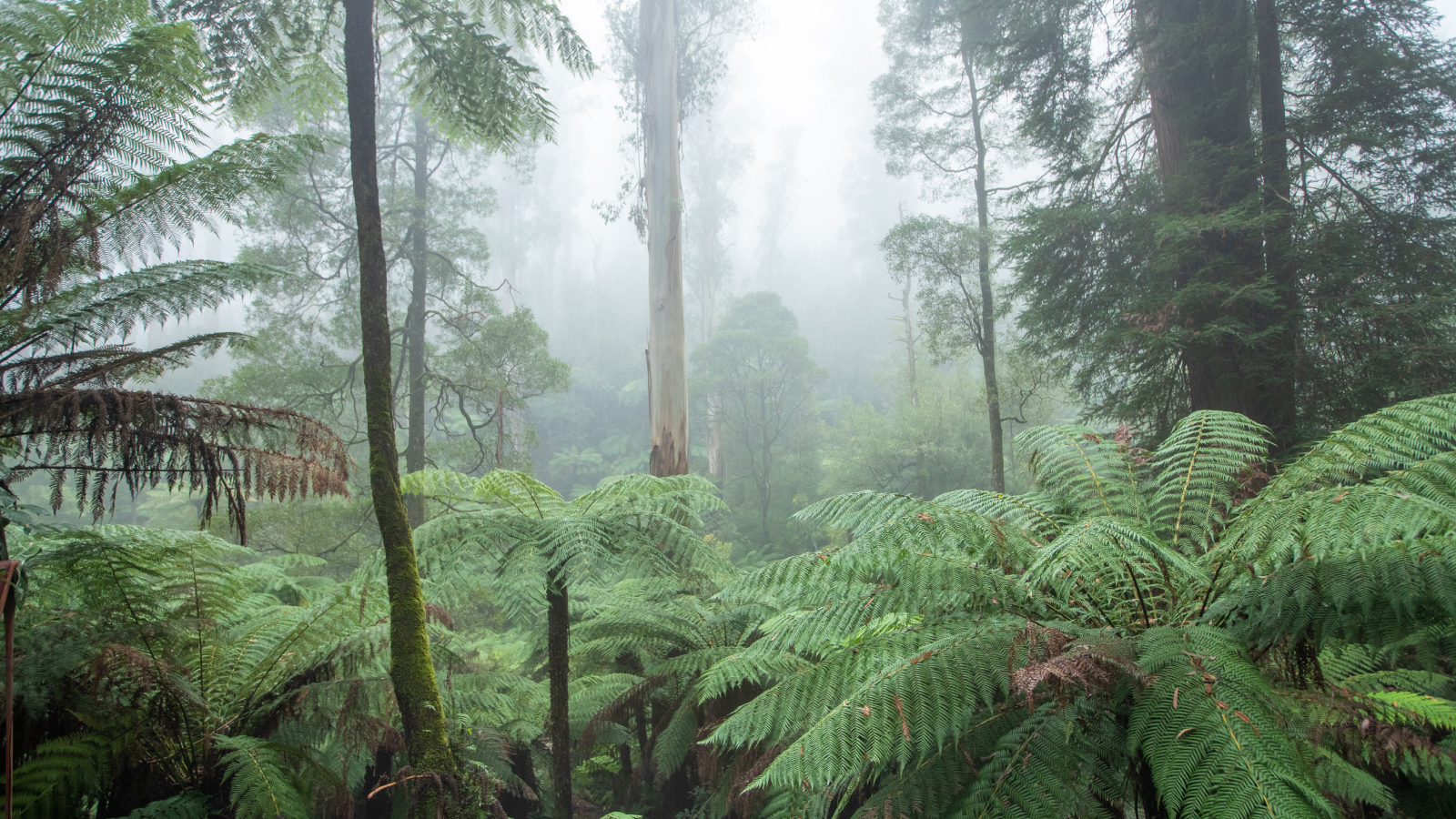
Researchers in Australia are building a "living seed bank" to protect the continent’s last-remaining fragments of rainforest from climate change. One goal is to avoid the extinction of ancient trees, whose ancestral roots trace back to Gondwana, the supercontinent that existed before Earth's continents separated hundreds millions of years ago.
Historically, Australia's lush Big Scrub Rainforest flourished across 185,000 acres (75,000 hectares) of eastern Australia. But over the centuries, human encroachment and wildfires have shrunk it to just 1% of that original expanse. Now, rising temperatures and drought threaten the remaining fragments.
These smaller patches contain fewer trees and dwindling diversity, which leaves species vulnerable to changing weather, warming, and disease.
That's a worry particularly for Gondwana-descended species like Red Carabeen (Karrabina benthamiana) and Yellow Carabeen (Sloanea woollsii) from lineages over 50 million years old, a time when Australia was still attached to Antarctica before Gondwana had fully broken apart.
These canopy trees can grow to 115 and 164 feet (35 and 50 meters) tall respectively, and are "the main frame-builders of the forest," said Robert Kooyman, a plant biologist at Macquarie University, Australia who is involved with the research.
Related: Mystery of 'living fossil' tree frozen in time for 66 million years finally solved
In the new project, called Science Saving Rainforests, which is run by the Australian non-profit Big Scrub Rainforest Conservancy, scientists have selected 60 plant species, including several of those Gondwana-era trees.
For each species, they've gathered DNA from leaf samples taken from dozens of plants across their geographic range, to build up the genome of each one. The geographic spread is important, Kooyman said: "What we get out of that is a measure of how much diversity a species has within its genome, and how much of that diversity is structured relative to climate variation."
This will reveal the genetics of rainforest plants that are able to thrive in warmer, drier environments that more closely resemble future climate conditions.

Using the genome, the researchers can then identify and collect populations of each plant species that will collectively contain as much of the diversity it reveals as possible — including populations that are better -equipped to withstand climate stress.
Those plant candidates are currently being propagated, and will be raised in a 37 acre (15 ha) research plantation in New South Wales, dubbed the "living seed bank." In about five years, the raised trees will be ready for planting in the remaining forest fragments.
The hope is to transform those patches into landscapes with diversity resembling a larger, intact rainforest. And for species facing climate threats, the plantation offers a resource from which they can select and "move material that enhances their capacity to deal with it," Kooyman said. For trees from ancient lineages, like the Gondwana-descended Carabeens, this could be an essential toolkit for survival.
"I admire the positive attitude and trust in plant genetic science of the people involved," Sebastian Pfautsch, a researcher who has studied how trees respond to climate stress and is not involved with the research, told Live Science. However, he is cautious about its overall goal.
Pfautsch's own research has revealed — through controlled experiments on eucalyptus species — that the capacity of trees to adapt to higher temperatures may be limited. Pfautsch, who is a professor of urban planning and management at Western Sydney University, also expressed concern about the project's reliance on public donations to keep afloat: "Continued state and federal government funding is critical to secure the growth of the trees," he said.
Kooyman, however, remains optimistic, and believes that the project could provide a blueprint for future genetic work — not just in rainforests, but other threatened ecosystems worldwide. "It's a starting point to demonstrate what's possible," he said.







